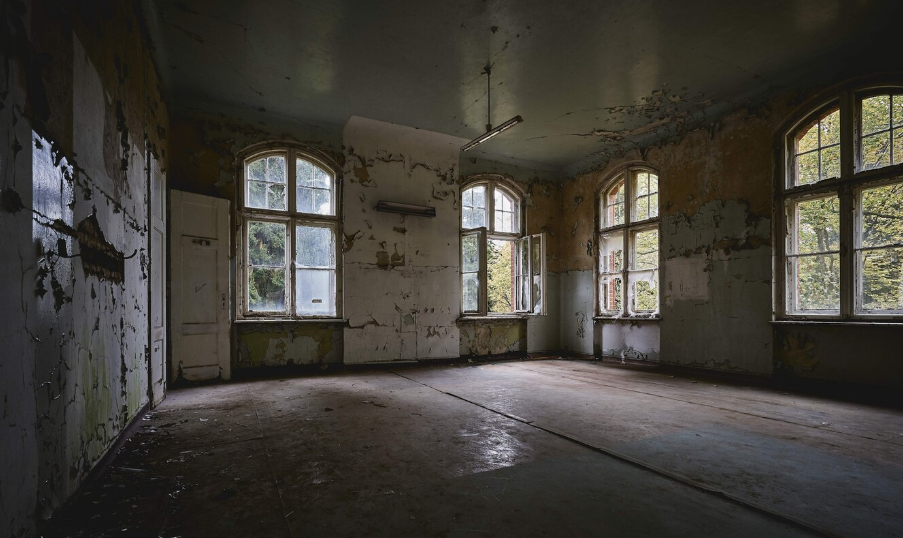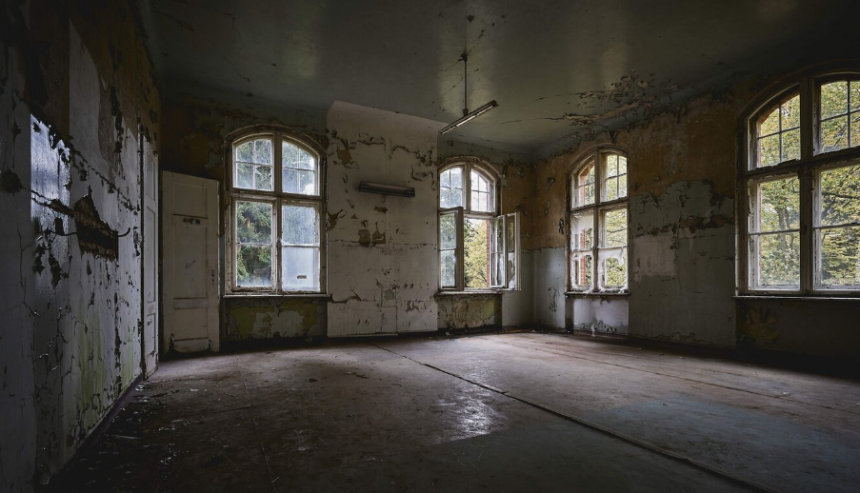Table of Contents
How to Dry Out and Sanitize Your Basement After a Flood
A flooded basement is one of the most stressful experiences a homeowner can face. Beyond the immediate damage to your belongings, standing water can weaken your home’s foundation, promote mold growth, and even compromise indoor air quality. Acting quickly is the key to minimizing damage and restoring your basement to a safe, usable condition.
In this guide, we’ll walk you through the essential steps for drying out and sanitizing your basement after a flood—and explain why professional help is often the safest and most effective option.
Step 1: Make Safety the First Priority
Floodwater isn’t just water—it often carries hidden dangers like sewage, bacteria, chemicals, or electrical risks. Before you enter the basement:
- Turn off power to the affected area to avoid electrical hazards.
- Wear protective gear such as gloves, rubber boots, and an N95 mask.
- Check for structural damage like cracks or shifting walls. If you notice signs of danger, wait for a professional inspection.
Step 2: Remove Standing Water
The faster you eliminate water, the less damage it can cause. Depending on the amount of flooding:
- Use a wet/dry vacuum for minor water accumulation.
- Rent or use a submersible pump for heavier flooding.
- Call a professional restoration company if the water level is high or if you need immediate, large-scale extraction.
Speed matters—water can seep deep into flooring, walls, and furniture, causing long-term issues if not addressed quickly.
Step 3: Remove Damaged Items
Anything porous that has been saturated in floodwater should be carefully evaluated. This includes:
- Carpets and rugs
- Upholstered furniture
- Insulation and drywall
- Cardboard boxes
While some items may be salvageable with professional cleaning, others may need to be discarded for safety reasons, especially if contaminated by sewage.
Step 4: Dry the Basement Completely
Moisture lingers even after standing water is gone. To ensure complete drying:
- Run dehumidifiers to reduce humidity levels.
- Use fans to increase air circulation.
- Open windows and doors if outdoor conditions are dry.
- Remove baseboards or drywall sections that have absorbed water to allow airflow behind walls.
This process may take several days, but it’s critical to preventing mold growth.
Step 5: Sanitize All Surfaces
Floodwater often contains harmful bacteria, so thorough sanitizing is essential.
- Wash hard surfaces (concrete, tile, metal) with hot water and detergent.
- Apply disinfectants such as diluted bleach (1 cup bleach to 1 gallon of water) or commercial antimicrobial products.
- Clean non-porous furniture and belongings before returning them to the basement.
Proper sanitizing not only removes harmful pathogens but also helps eliminate musty odors.
Step 6: Prevent Mold Growth
Mold can begin forming within 24–48 hours of flooding. After drying and disinfecting:
- Keep running dehumidifiers until humidity is consistently below 50%.
- Spray mold-prone areas with mold inhibitors or natural alternatives like vinegar.
- Inspect regularly for new growth, especially in hidden corners or behind walls.
If mold has already spread, professional remediation is the safest option.
Step 7: Restore and Protect
Once the basement is clean and dry, it’s time to make it safe for future use:
- Replace damaged drywall, flooring, or insulation.
- Seal cracks in foundation walls and floors to prevent leaks.
- Consider installing a sump pump or backflow valve for flood prevention.
- Add a waterproof sealant to basement walls.
These measures not only restore your basement but also provide added protection against future flooding.

Why Professional Help Makes a Difference
While some homeowners manage small flooding issues themselves, major floods or sewage backups require professional attention. Experts use industrial-grade pumps, dehumidifiers, and disinfectants to dry and sanitize basements quickly and effectively. They also identify hidden moisture that DIY methods often miss, reducing the risk of mold and structural damage.
Conclusion: Act Fast and Call the Experts
Drying out and sanitizing a flooded basement is a big job—and time is of the essence. The faster you act, the better your chances of saving your property and preventing long-term problems like mold or structural weakening.
If your basement has flooded, don’t take chances. Call PuroClean of Northeast Tacoma at (206) 929-0155. Our professional team specializes in flood cleanup, water damage restoration, and mold remediation. We respond quickly to emergencies and use advanced equipment to restore your home safely and efficiently.
Don’t let flood damage get worse—trust the experts at PuroClean of Northeast Tacoma to bring your basement back to life.



